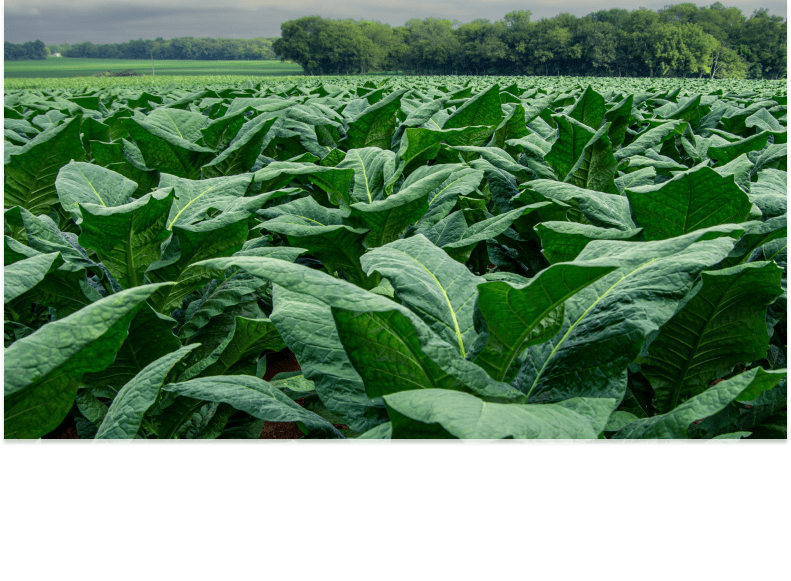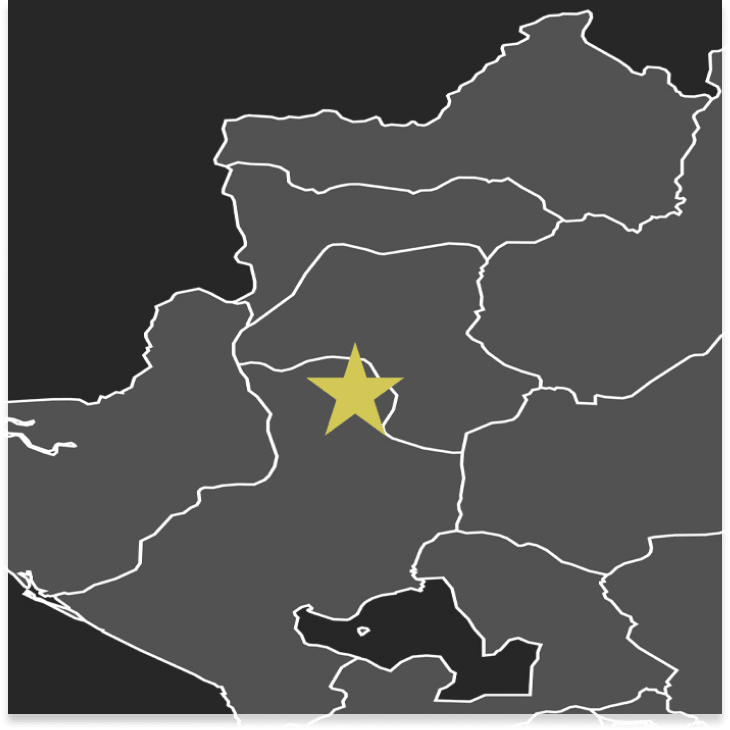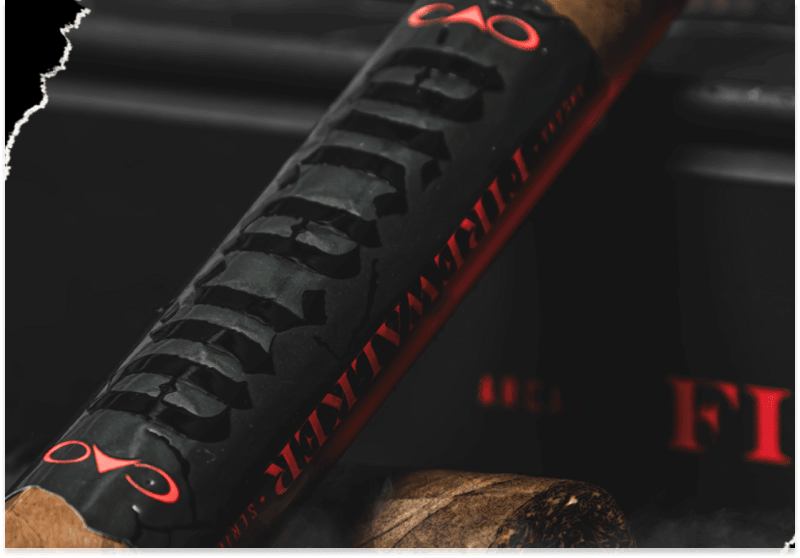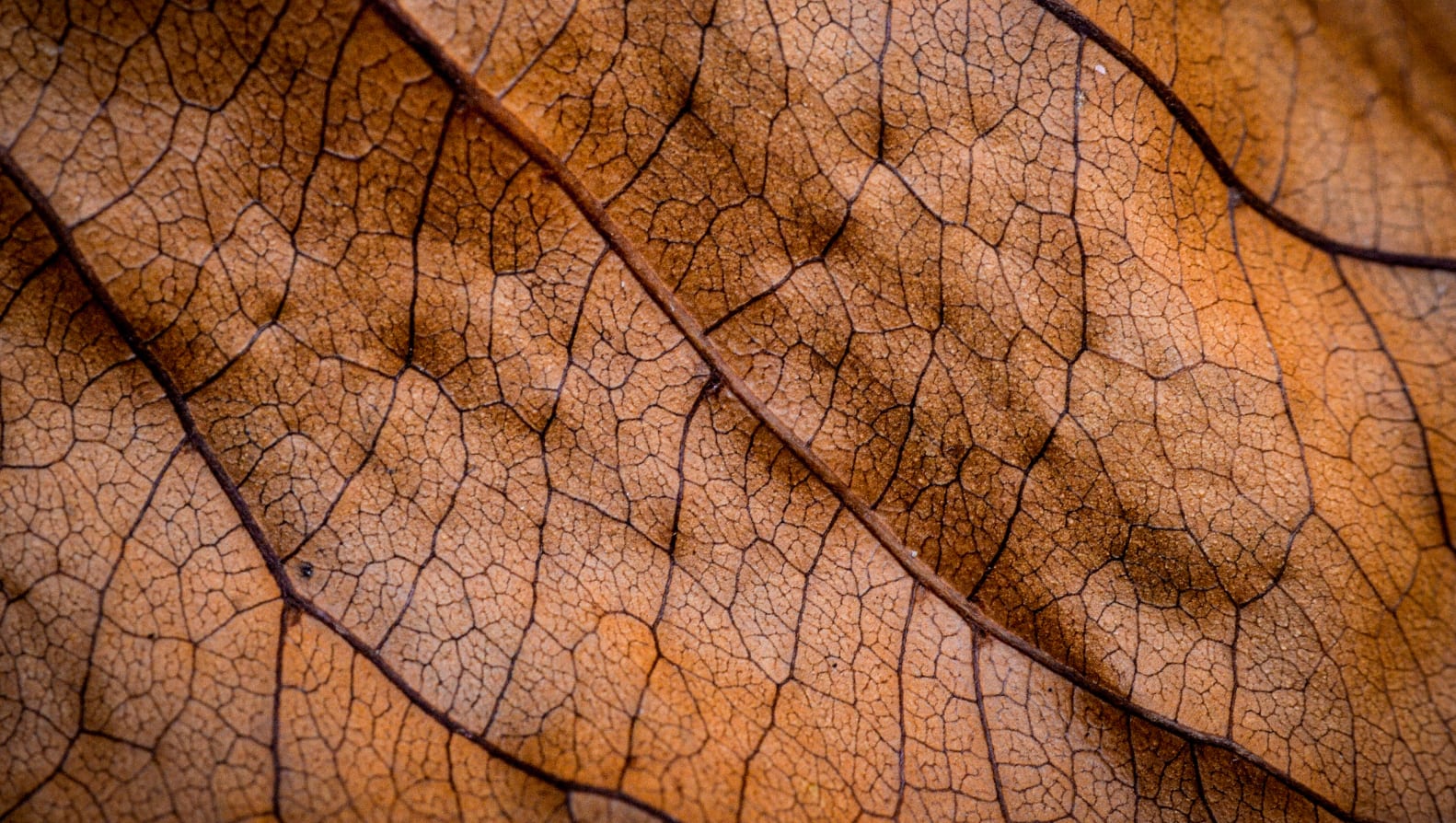
OUTPOST FIELD NOTES: Nicaragua

Nicaraguan Tobacco and What Makes it Special
As we look to impart our tobacco knowledge, the origin of different tobaccos and the qualities they lend to your smoking experience is the perfect jumping-off point. On the one hand, it’s simple enough to understand “tobacco from here gives this quality to a cigar; tobacco from there gives that quality to a cigar.” On the other, there’s no better way to look like a certified cigar expert than by picking up on certain qualities in your cigar and confidently assigning them a country of origin.
We’re starting our tobacco journey at CAO’s home base – Nicaragua. Not just because we love it there, and our factory in Estelí makes almost every CAO you’ve ever smoked. But also because the tobacco from Nicaragua is hugely popular, and its trademark qualities make it one of the best leaves to attempt to recognize the next time you spark up a cigar.
If you’re in the middle of a tobacco trivia game right now and are cheating your way into an answer for “what are the qualities of Nicaraguan tobacco?” the quick answer is: “strong and spicy.” But to leave it at that would be a disservice to some of the most unique tobacco leaves that grow on planet Earth. So if you want to become a true expert on Nicaraguan tobacco, put on your hiking boots and let’s journey into the mountains of Nicaragua.

Rise of nicaraguan tobacco
To understand the rise of Nicaraguan tobacco, you must understand a little about who has been making and smoking cigars for the past 80 years. Until the early 1960s, pretty much everyone who made cigars was on one big island. You know what it is.
But then, legislation and revolution struck. Just like that, those cigars weren’t available in the U.S., and many extremely talented cigar manufacturers got on boats and planes and went through incredible hardships to pick up life somewhere new. Many of these talented people had one specific skill – making incredible cigars. So they fled to places with a climate they were used to and started new cigar operations in places like the Dominican Republic, Honduras, Ecuador, and – you guessed it – Nicaragua.
But the Nicaraguan transplants quickly realized that the climate was a little different. Significantly hotter than their country of origin, Nicaragua’s geography – which features an abundance of lakes and volcanoes – made for a different tobacco experience.
As a result, the tobacco grown here had a darker and stronger leaf that imparted rich and spicy notes to the cigars into which it was rolled.
At the time, more mellow cigars were en-vogue, so the number of artisans using these strong and spicy leaves to make cigars was fairly low. But as time passed, and cigars went through a renaissance in the 90s, industry tastes were changing. Cigar smokers wanted something to push the boundaries of their palates and provide a new and unexpected smoking experience. And what Central American country answered the call? Nicaragua.
Recently, Nicaragua surpassed the Dominican Republic as the top exporter of hand-rolled cigars to the U.S., with over 158 million cigars imported in 2019. Nicaraguan tobacco has become so popular that many falsely equate any spicy cigar with one from Nicaragua. Today, we’re going to teach you to tell the difference.
REGIons of nicaraguan tobacco
Break out a map because you’ll need an overhead view of Nicaragua for this next part. Look for Central America, find Honduras and keep going South. If you reach Costa Rica, you’ve gone too far.
To better understand the qualities of Nicaraguan tobacco and to walk a mile in our shoes when selecting specific tobaccos to build a unique and balanced smoking experience, we must dissect the four (maybe four and a half) distinct tobacco-growing regions of Nicaragua.


esteli
Ahhhh, Estelí. Our home base and a source of pride for the CAO name. Both a region and a town, Estelí is the second-largest city in Nicaragua and the largest cigar producing region in the country. If you’ve still got your map out, look at the big lake due West of the center of Nicaragua (Lake Nicaragua), then go straight up from there.
The reason why it’s the biggest growing region is because Estelí has superb soil - dark and rich from volcanic activity and humidity. On top of that, it gets the most sun. That overabundance of sunlight gives much of Nicaraguan tobacco that strong and spicy flavor, particularly in the Ligero leaves at the top of the tobacco plant. So this perfect soil mixed with a lot of sunlight is a nature-made recipe for producing that signature Nicaraguan flavor, which is why Estelí is a heavyweight growing region for excellent tobacco.

condega
If your map is topographic, head north of Estelí and tell me what you see. The sort of mountainous region of Estelí gives way to the foothills of the Central American Cordillera mountain range in Honduras.
That means the soil in Condega is rockier and produces a thinner and less hardy tobacco leaf. While Condegan tobacco is still spicy, a better description is earthy and full-bodied, with some sweetness hidden behind a subtle spice. For the most part, tobacco from Condega is used as a filler leaf, but from time to time, its rich color makes it a good candidate for a wrapper.

Jalapa
Further North and a hair East of Condega lies the Jalapa Valley. While extremely remote, the Jalapa Valley is a hidden natural gem with incredible mountains and even more remarkable soil. Here, the elevation shields the tobacco plants from the harsh and heavy sun, yielding lighter, creamier, smoother tobaccos. Forgoing the spicy Nicaraguan stereotype, Japalan tobacco is often described as sweet. You’ll also see Jalapan tobacco used as a wrapper leaf due to its pliability and beautiful aesthetic.

ometepe
We’ll give you three guesses as to where this next growing region is – and we almost guarantee you won’t get it right. Head back down to that enormous lake (Lake Nicaragua) referenced earlier. Right in the middle of the lake is an island. Now, this isn’t just any island, it is actually two volcanoes - the Concepción and Maderas, which make up the entire landmass. Even though only one of them is still active today, the soil at the base of these volcanoes is exceptionally fertile, and the internal workings of the volcano naturally heat the ground in this area.
The tobacco grown here is strong – both in flavor and body – and has notes described as almost sweet with a roasted element. Growing tobacco here is a high-risk, high-reward situation because the Ometepen tobacco leaf will leave a harsh and offensive taste if not balanced out with the proper blend. But put some true cigar artisans on the case (like maybe some of the experts at CAO), and you’ve got a golden goose of natural tobacco flavor.
what about the rest?
The vast majority of Nicaraguan tobacco is grown in these four regions on the Northwestern side of the country. We won’t say that no one has grown or used tobacco in the rest of Nicaragua, but it’s safe to say that instances elsewhere are few and far between. However, since we live by our mantra – We Go Where the Tobacco Takes Us – we ventured to a fifth region, called Masatepe, to create CAO Firewalker. Keep reading to learn more about that adventure.

CAO cigars with nicaraguan tobacco
If you’ve made it this far and are wondering which of our cigars use Nicaraguan tobacco, we’re happy you asked.
cao nicaragua
If we’re going to make a cigar called “Nicaragua,” we’ve got to show up in style, right? That’s why for this cigar, we used Nicaraguan tobacco from Estelí, Condega and Jalapa as filler leaves for this cigar. Using tobaccos from these three regions balances three unique flavors (spicy, earthy and sweet) from three unique growing regions that are complemented by the complexity of the Honduran Jamastran wrapper and binder.
cao firewalker
As mentioned above, we ventured to Nicaragua's slightly unknown Masatepe region and looked to the locals to teach us about their tobacco traditions. We learned that they use a technique called Chincagre, burying the tobacco beneath the volcanic soil to age and add complexity to the leaves. To learn more about this process, watch our video on the making of CAO Firewalker.
cao pilon
Remember when we were talking about Ometepen tobacco that can be really good or really bad depending on the skill of those making a cigar? If you like CAO Pilón, you’ve experienced our expertise at work. We balanced the unique Ometepen flavor with tobacco from Estelí to complete the filler for this cigar. And, of course, the cherry on top was the Pilón-aged Ecuadorian Habana Viso wrapper which added a rich finish to the ensemble.
These are just a few of our cigars representing each growing region outlined above. Still, many more of our cigars use various combinations of Nicaraguan tobacco to lend their natural qualities to the final smoking experience.

Enter for a chance to win aCustom Cutter made by Grizzly Forge
We partnered with the master bladesmith to craft a unique cigar cutter to celebrate the new CAO Amazon Basin Daggers.
Enter Now



